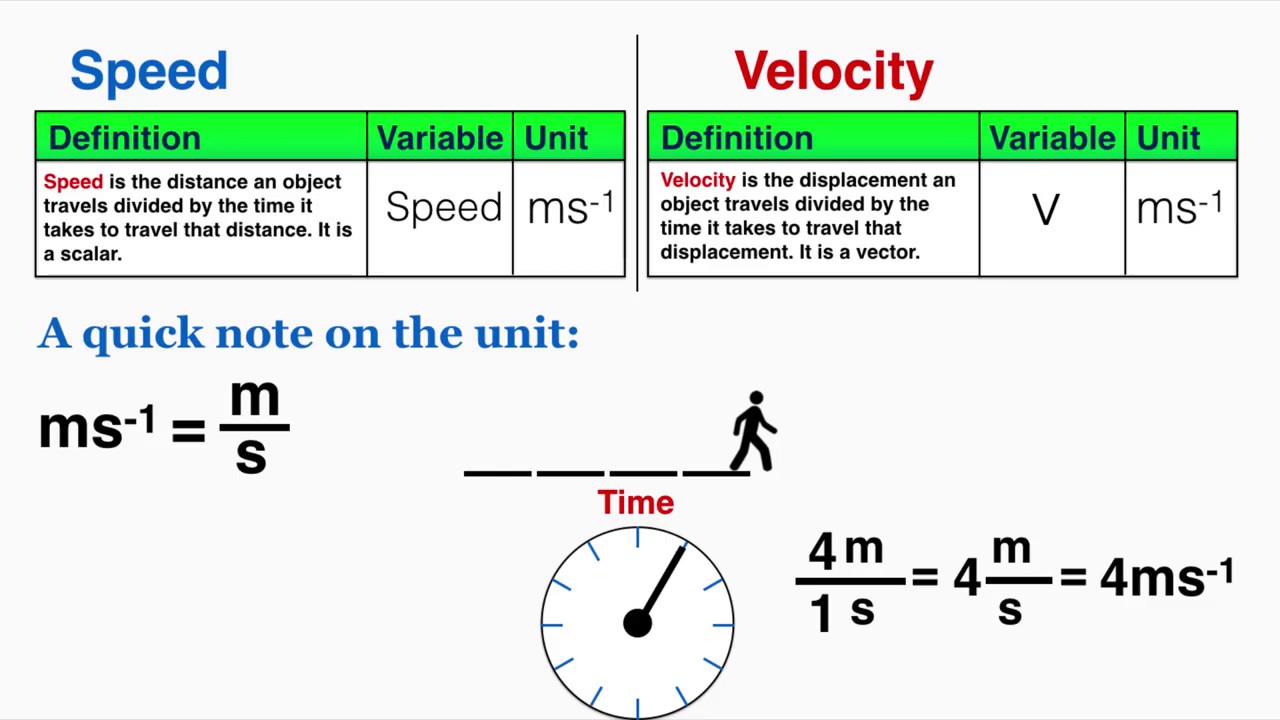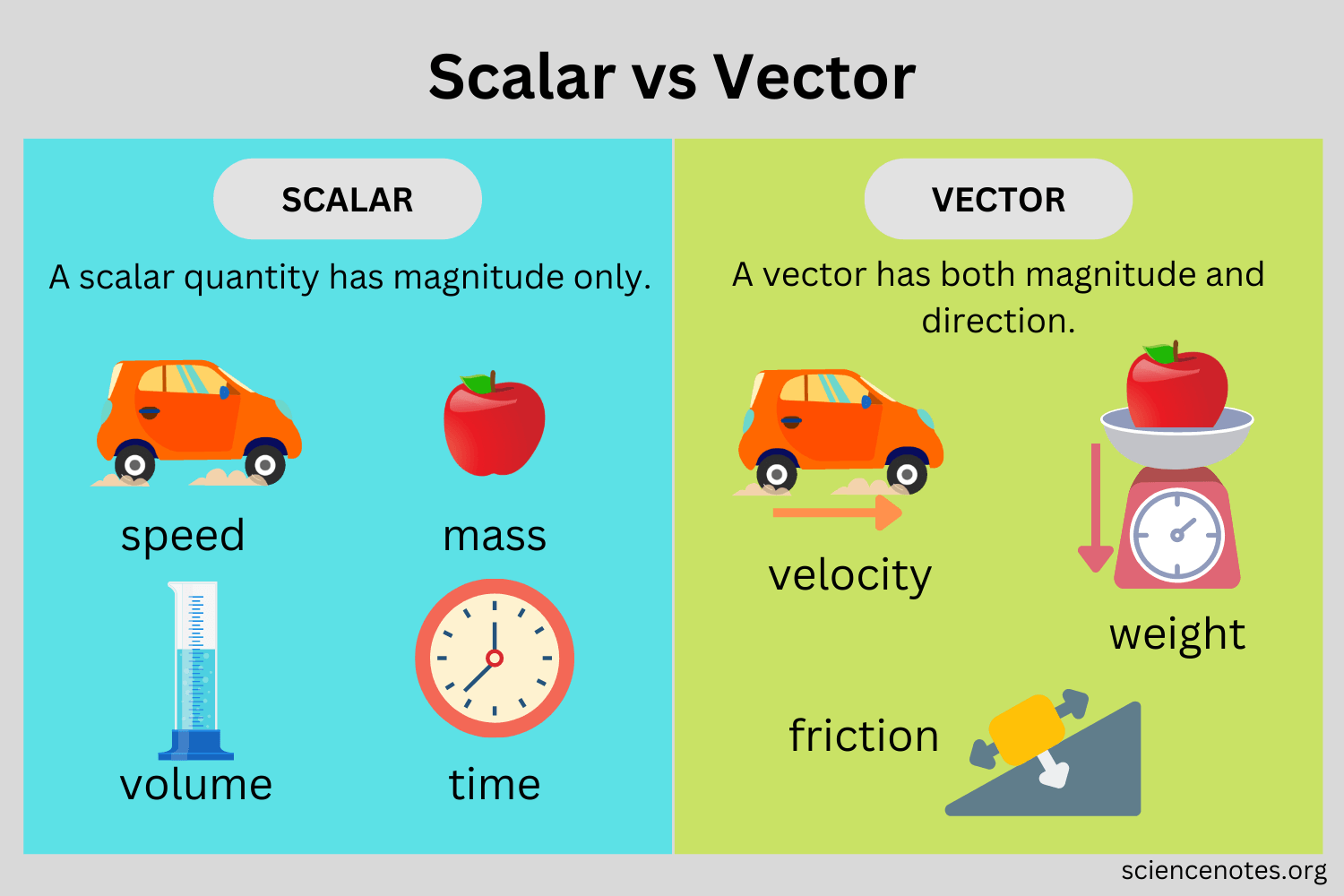Understanding the Difference between Velocity and Speed: A Comprehensive Analysis
In the realm of physics, velocity and speed are two fundamental concepts that often cause confusion due to their similarities. While both terms refer to the rate of motion, they possess distinct characteristics that set them apart. In this article, we will delve into the dissimilarities between velocity and speed, focusing on their definitions, scalar vs. vector nature, and their role in describing motion. By the end, you will have a clear understanding of why speed is scalar, unlike velocity.
I. Definition of Velocity and Speed:

Definition of Velocity and Speed
To comprehend the disparities between velocity and speed, we must first establish their definitions.
A. Velocity: Velocity is defined as the rate at which an object changes its position in a specific direction over a given time. It is a vector quantity, meaning it has both magnitude (numerical value) and direction. Velocity is expressed as the change in displacement divided by the time taken.
B. Speed: On the other hand, speed refers to the rate at which an object covers a certain distance in a given time. Unlike velocity, speed is a scalar quantity, which means it is described solely by its magnitude. Speed does not take direction into account.
II. Scalar vs. Vector Nature:

Scalar vs. Vector Nature
The primary distinction between velocity and speed lies in their scalar and vector natures.
A. Scalar Quantity (Speed): Speed, being a scalar quantity, possesses only magnitude. It indicates how fast an object is moving without considering the direction. For example, if a car is traveling at 60 miles per hour, its speed is 60 mph, and the direction of motion is irrelevant in this context.
B. Vector Quantity (Velocity): Velocity, as a vector quantity, possesses both magnitude and direction. It indicates how fast an object is moving and in which direction. For instance, if a car is traveling at 60 mph due north, its velocity is 60 mph north. The direction plays a crucial role in determining the velocity of an object.
III. Describing Motion:
Velocity and speed differ in their ability to describe motion accurately.
A. Velocity: Velocity provides a comprehensive description of an object's motion. It considers both the rate at which an object is moving and the direction it is moving in. Velocity is essential for analyzing motion in two or three dimensions, such as studying projectiles or objects moving in curves.
B. Speed: Speed, being a scalar quantity, describes only how fast an object is moving, disregarding the direction. It is useful for determining the overall rapidity of an object's motion but does not provide information regarding its specific trajectory.
In summary, velocity and speed may appear similar at first glance, but they differ significantly in their definitions, scalar vs. vector nature, and ability to describe motion accurately. While velocity incorporates both magnitude and direction, speed is solely concerned with the numerical value. Understanding these distinctions is crucial in the field of physics and other areas where motion analysis is fundamental. By recognizing that speed is scalar, unlike velocity, we gain a deeper understanding of the nuances within the concept of motion.